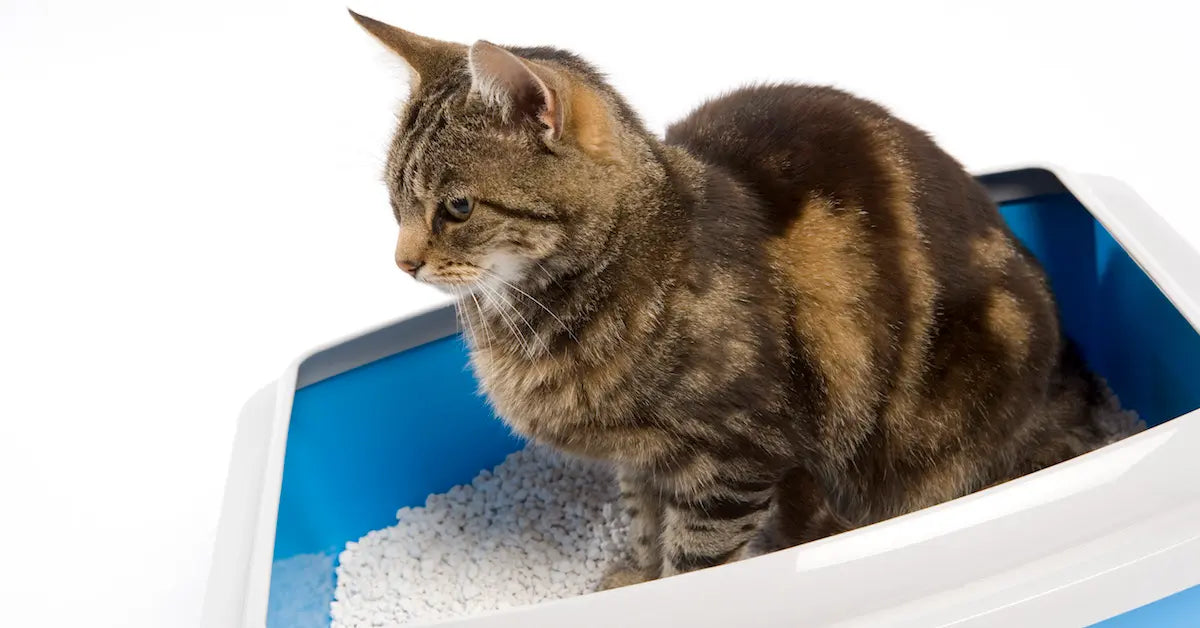In 24 cities

Tips on Choosing the Right Cat Litter
|
|
Time to read 4 min
Get product availability and delivery timelines based on your location.
Are you sure you want to delete this address?
Help us ensure a smooth delivery
Help us ensure a smooth delivery
SIZE GUIDE
|
|
Time to read 4 min
Cat litter training is an essential aspect of owning a feline friend, whether you have a litter of kittens or an adult cat. The litter box, also known as the cat litter tray or cat toilet, serves as a designated area for your cat to relieve themselves.
Training your cat to use the litter box properly can save you from dealing with unpleasant surprises around your house. With the right approach and a bit of patience, you can successfully teach your cat to use the litter box consistently, ensuring a clean and healthy living environment for both you and your furry companion.
Choosing the right kitty litter box is an important decision for any cat owner. There are various types of litter boxes available in the market, including open, covered, automatic, and self-cleaning litter boxes. The type of litter box you choose should depend on your cat's preferences and your lifestyle.
When it comes to the kitty litter, there are several options available such as non-clumping and clumping cat litter, natural and organic litter, and crystal litter. Some cats prefer certain types of litter sand over others, so it may take some trial and error to find the best litter for your cat. Keep in mind that some types of litter may be more dusty or have a stronger odour than others.
The size of the litter tray is also an important consideration. A litter box that is too small may cause your cat to avoid using it altogether. It is recommended that the litter box should be at least one and a half times the length of your cat. If you have multiple cats, it is recommended to have one litter box per cat, plus an additional one.
Additionally, the location of the litter box is also important. It should be placed in a quiet, private area of your home, away from food and water bowls. Avoid placing it in a high traffic area or a place with loud noises as it may cause your cat to feel stressed and avoid using it.
Keeping cat litter boxes clean is an important part of cat ownership, and it can help to prevent unpleasant odours and reduce the risk of infection for both cats and humans. Here are some tips for keeping litter trays clean and hygienic:
Choose the right litter: The type of litter you choose can make a big difference in how easy it is to keep the litter box clean. Some cats prefer certain types of litter, so it may take some trial and error to find the best litter for cats.
Generally, clumping cat litter sand is easier to scoop and clean than non-clumping litter. You can also look for litter that contains baking soda or other odour-absorbing ingredients to help control smells.
Scoop daily: It's important to scoop the litter box at least once a day, more if you have a litter of cats or a litter of kittens. This will help to prevent the litter from becoming too soiled and reduce the risk of bacterial growth.
Use a litter liner: A litter liner can help to make it easier to clean the litter box. Simply lift out the liner and dispose of the contents, then replace with fresh litter.
Clean the litter box regularly: Even with regular scooping, litter boxes should be thoroughly cleaned at least once a week. Empty the litter and wash the box with soap and water, then let it dry completely before adding fresh litter.
By following these tips, you can help to keep your cat's litter box clean and hygienic, which will make for a happier and healthier cat and home.
There are many types of cat litter sand available on the market, each with its own benefits and drawbacks. Here are some of the most common types of cat litter that people use to train their cats:
Clay-based cat litter: This is one of the most popular types of cat litter sand available, and it is made from clay minerals. It is known for its excellent absorbency and is available in both clumping and non-clumping varieties.
Crystal cat litter: This type of litter is made from silica gel crystals and is known for its excellent odour control. It is also low dust and requires less frequent changing than some other types of litter.
Natural cat litter: Natural cat litter is made from renewable materials such as wood, corn, or wheat. It is an eco-friendly option and is often biodegradable. Some cats may prefer natural cat litter over other types.
Cats best litter: This is a brand of natural cat litter that is made from sustainably sourced wood fibres. It is biodegradable, odour-absorbing, and has excellent absorbency.
When choosing a cat litter sand, it's important to consider your cat's preferences, as well as your own priorities such as odor control, dust production, and eco-friendliness. Experiment with different types of litter until you find the one that works best for you and your feline friend.
Share this blog
Read More Articles
2 item in cart
₹10,360

